The newly announced funding will help universities make decades-old interviews widely available
:focal(2238x1185:2239x1186)/https://public-media.si-cdn.com/filer/6f/a8/6fa8e8da-cf79-477f-b03b-1799e5735e71/gettyimages-1217500691.jpg) The Covid-19 pandemic has exacted a heavy toll on Native American communities. In this May 2020 image, Navajo elder Emerson Gorman (R) sits with his (L-R) daughter Naiyahnikai, wife Beverly and grandchild Nizhoni near the Navajo Nation town of Steamboat in Arizona. (Photo by Mark Ralston / AFP via Getty Images)
The Covid-19 pandemic has exacted a heavy toll on Native American communities. In this May 2020 image, Navajo elder Emerson Gorman (R) sits with his (L-R) daughter Naiyahnikai, wife Beverly and grandchild Nizhoni near the Navajo Nation town of Steamboat in Arizona. (Photo by Mark Ralston / AFP via Getty Images)
–
SmithsonianMag.Com
2021 Feb 11
–
The Covid-19 pandemic has taken a disproportionate toll on Native American communities and, in particular, the Indigenous elders who often act as keepers of historical knowledge.
To help keep these stories alive, reports Susan Montoya Bryan for the Associated Press (AP), the New York–based Doris Duke Charitable Foundation is providing more than $1.6 million in grants to digitize and share oral histories collected decades ago.
“We thought now more than ever is it not only important to update and upgrade this collection but also to give it the national visibility that it deserves and then encourage more young people to contribute their stories to keep it moving over the several decades,” Lola Adedokun, the foundation’s program director for child-wellbeing tells the AP.
Most of the money will go to seven universities that can use the funds to pay for translation, digitization, transcription and indexing. The Association of Tribal Archives, Libraries and Museums (ATALM), which oversees care of the materials across the locations, will also receive $300,000 over two years to coordinate the project, according to a statement.
ATALM will create a single website that acts as a portal for the collections, ensuring they are accessible to Native American communities, scholars, students and the public as a whole. The campaign will also add new histories to the collection.
The original oral history project ran from 1966 to 1975, collecting 6,500 stories from Indigenous people across the United States. Doris Duke, a tobacco heiress and philanthropist who died in 1993, provided funding for the universities’ collection process.
These collection efforts took place amid an upswell in Native American activism, with organizations such as the American Indian Movement fighting for recognition of Native nations’ treaty rights. Part of the movement involved challenging stereotypes of Native Americans found in scholarly work and school textbooks, as anthropologist Dianna Repp explained for the Journal of the Southwest in 2005.
According to Repp, the universities that received funding from Duke—among others, the list includes the University of South Dakota, the University of New Mexico and the Arizona State Museum at the University of Arizona—made an effort to fund Native American scholars and contribute to the field of Native American studies.
“The program was not only a response to the politically heightened times in which it took place, it was also a catalyst for change,” the anthropologist wrote.
/https://public-media.si-cdn.com/filer/27/ec/27ec3d0e-3e89-4d64-b7fe-52bf3dbb7aa3/dap_protest.jpg) Protests against the Dakota Access Pipeline helped put Native Americans’ fight for treaty rights in the public eye. (Fibonacci Blue via Flickr under CC BY 2.0)
Protests against the Dakota Access Pipeline helped put Native Americans’ fight for treaty rights in the public eye. (Fibonacci Blue via Flickr under CC BY 2.0)
–
As Bea Castañeda reports for the College Post, members of 150 Indigenous American cultures provided the histories. Interviewers recorded some of the testimonies on reel-to-reel tape or cassettes. A number of recordings are accompanied by typed transcripts.
While parts of the collection, such as hundreds of interviews housed at the University of Oklahoma, are available online, others are only available in older formats, presenting a challenge to anyone hoping to use the work.
In some cases, rights issues have stymied digitization efforts. Molly Stothert-Maurer, head of the Arizona State Museum’s library and archives, tells the AP that some interviewers did not obtain permission slips when they interviewed members of tribes including the Tohono O’odham, Apache, Navajo, Pima and Yaqui. Though this has prevented the museum from sharing the material broadly, the grant is poised to help ensure that interviewees or their communities provide proper approval before anything is released to the public.
In the statement, ATALM President Susan Feller calls the interviews a “treasure trove of unique stories told in the voice of our ancestors.”
She adds that the universities housing the collections are “working diligently to provide access to the originating communities.”
Like the original work collecting the stories, the new project comes at a time of high visibility for Native American organizing. Protests against the Dakota Access Pipeline by a broad group of Indigenous people and their allies in 2016 and 2017 helped highlight continuing Native American demands for sovereignty and treaty rights. Some Native activists also see promise in the wider interest in anti-racism work sparked by the 2020 Black Lives Matter protests.
“I see this moment in history as a day of reckoning that Native Americans have known is ahead of us because of what we’ve endured for 20 generations of intergenerational trauma as a result of genocide,” Fawn Sharp, president of the National Congress of American Indians and president of the Quinault Indian Nation in Taholah, Washington, told NBC News’ Ethan Sacks last July. “This is a moment we believe that we’re finally seeing the principles that this country is built upon it—equality, racial and social justice.”
Adedokun tells the AP that the rise in Native American political activism helped spur the new Doris Duke project.
She explains, “I think the movement in the last couple of years specifically has created a space where the experience of Native people is actually valued and where there’s a movement around particularly young people who are really driving that conversation.”
–
–
Like this article? SIGN UP for our newsletter
About Livia Gershon
Livia Gershon is a freelance journalist based in New Hampshire. She has written for JSTOR Daily, the Daily Beast, the Boston Globe, HuffPost, and Vice, among others.
Read more from this author | Follow @LiviaGershon
Tags
American History Archives COVID-19 Digitization Indigenous Peoples Native American History Native Americans
–
Around the Web Sponsored by ZergNet
Old-School Sodas That Disappeared And You Didn’t Even Notice
The Disturbing Truth About Queen Victoria
–
Totally Creepy Things That Were Considered Normal 100 Years Ago
–
How The Vanderbilt Family Lost Their Entire Fortune
–
Huge Historical Figures That Were Crazy Gorgeous
–
COVID-19 May Have First Appeared in a Group of Miners in 2012
–
Related Content
–
Photo of the day
Most Popular
- Newly Unearthed Bronze Age Graves Underscore Stonehenge Tunnel’s Potential Threat to Heritage
- Trove of 650 Coins Bearing Likenesses of Caesar, Mark Antony Unearthed in Turkey
- Marvelous Macaroni and Cheese
- 2,000-Year-Old Terracotta Figurines of Deities, Mortals, Animals Found in Turkey
- U.S. Postage Stamp Will Honor the ‘First Lady of Physics’
- The Most Isolated Tree in the World Was Killed by a (Probably Drunk) Driver
- Venetian Glass Beads May Be Oldest European Artifacts Found in North America
- Spot the Difference
- The True History Behind Netflix’s ‘The Dig’ and Sutton Hoo
- Mutiny in Space: Why These Skylab Astronauts Never Flew Again
- An Evolutionary Timeline of Homo Sapiens
- World’s Second-Oldest Person Recovers From Covid-19 in Time for 117th Birthday
- Tangled ‘Cord’ Mistaken for Litter Is Actually a Sea Creature
- How Titanoboa, the 40-Foot-Long Snake, Was Found
- How to Participate in the Lunar New Year This Year
–
Subscribe
Save 84% off the newsstand price!
or Give a Gift
Newsletters
Get the best of Smithsonian magazine by email. Keep up-to-date on:
- History
- Science & Innovation
- Art
- Travel
- Special Offers
Sign-Up Now
Enter your email address
SmartNews History Science Ingenuity Arts & Culture Travel At the Smithsonian Photos Video Games
About Contact Advertising Sustainability Subscribe RSS Member Services
–
–
(For the source of this, and many other equally intriguing articles, please visit: https://www.smithsonianmag.com/smart-news/big-indigenous-oral-history-project-going-digital-180976988/)









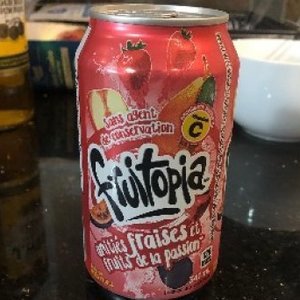
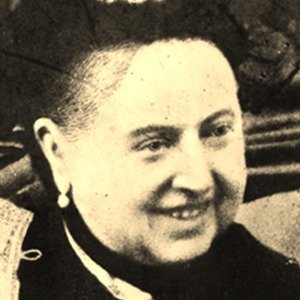
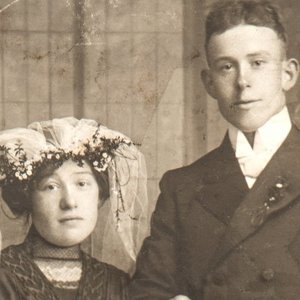
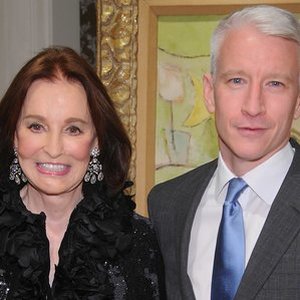
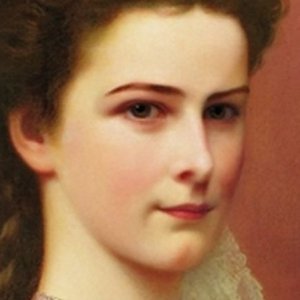

/https://tf-cmsv2-photocontest-smithsonianmag-prod-approved.s3.amazonaws.com/8f0e350a-30f9-4c4f-b52c-6aced11ce56f.jpg)